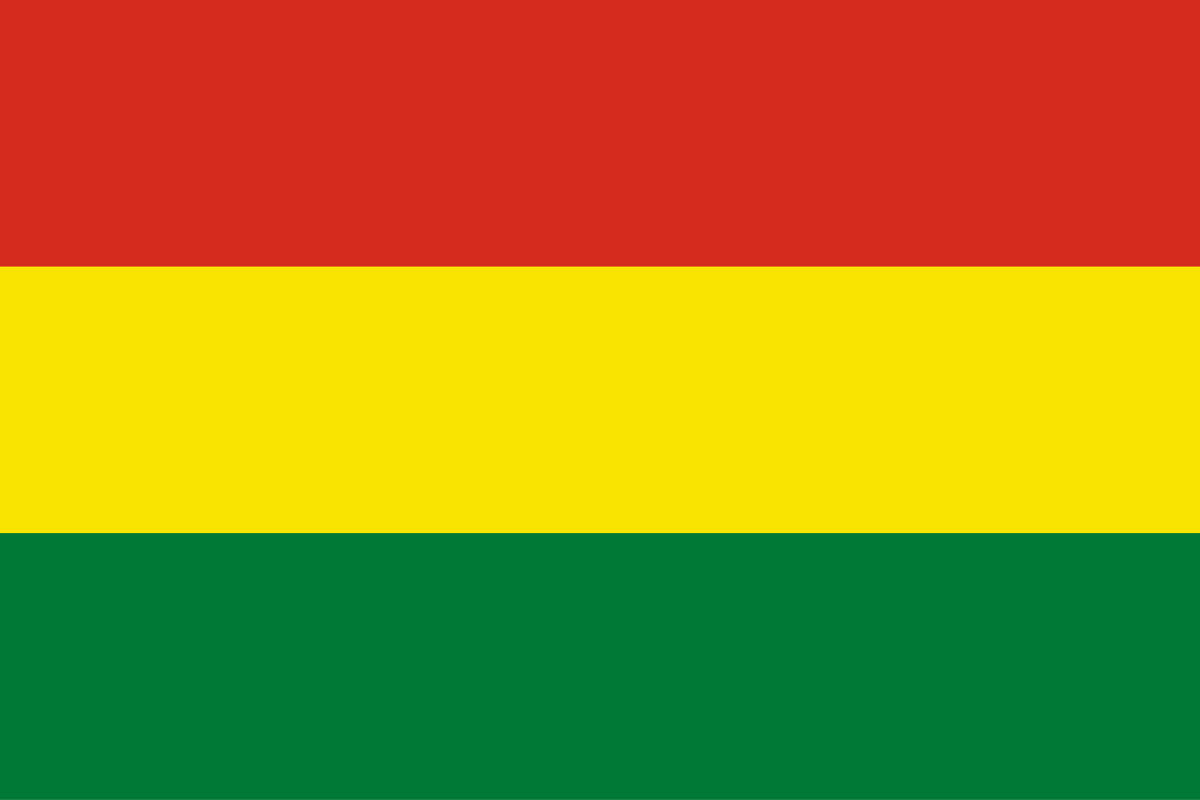The national animal of Bolivia is the llama. This iconic South American animal holds a very important place in Bolivian culture and you can’t go very far at all in the country without seeing one. They have been an important part of the lives of indigenous people for millennia and will continue to be.
There is perhaps no single animal as uniquely associated with Bolivia as the llama.
They are everywhere in the country and they’re both a really important part of the country’s real, functioning economy as well as the tourist trade.
Both historically and today, it’s hard to overstate their importance.
Let’s find out more.

What is the national animal of Bolivia?
The national animal of Bolivia is the llama.
This is a domesticated camelid used widely as both a pack animal and for its meat and fur.
They have been used by Andean cultures since the Pre-Columbian era, and have played a very important role in both a literal sense of the people’s lives in this region as well as in a more folkloric sense.
People in Bolivia may have been using these animals for many thousands of years.
Llamas themselves are social animals that live in herds.
They are believed to have evolved from distant ancestors which were originally found in the Great Plains of North America some 40 million years ago.
They are believed to have been extinct in North America by around 10,000 years ago, during the last ice age.
To the Aymara people of South America, an indigenous group of which many are found in Bolivia, the llamas are important mythological beings.
The Heavenly Llama drinks from the ocean and urinate the rain, and at the end of time llamas will return to the lagoons from whence they came.
Llamas are quite tall due to their long necks, and can reach a height of 5 to 11 feet tall at the head.
They can weigh anywhere from 287 to 600 pounds. They have long, curved ears, and unlike other camelids, they have no dorsal hump.
They have narrow feet with separated toes, with a short, fibrous tail.
Currently, the llama and its closely related cousin the alpaca are only known in the domestic state.
As a result, things like coat color can vary quite a lot, being white, grey, brown, piebald, and sometimes black.
There are some small feral populations but they are not really wild animals anymore in the strictest sense of the word.
Why is Bolivia’s national animal the llama?
The llama embodies a lot of important aspects of Bolivian life.
As mentioned, there is the fact of their role in indigenous mythology.
They are, in a sense, the alpha and the omega; the primordial llama emerged at the beginning of time and its return to the lagoons and water springs will signal the end of time.
On a more practical level, of course, they are very deeply intertwined with the daily lives of people in the region, both today and historically.
They have been really important pack animals to the people of South America, since there were no horses to be found there before the arrival of European settlers.
Their wool, also, has been very important to the people of Bolivia for making clothing and other important items.
They are donkeys and sheep all in one, then, producing very soft and warm fur in the country’s higher, colder elevations and also being able to carry large loads.
On virtually every level, then, the llama is very important to the culture of Bolivia.
They remain an important aspect of tourism today and they played many role in the country’s developmental past and continue to be important to local economies today.
Are llamas and alpacas the same?
Llama and alpaca are different species, though it can certainly be very hard to tell them apart if you don’t know what you’re looking for.
They are both members of the genus Lama, but different species within that genus.
The main difference is in the size.
Llamas are generally quite a lot bigger than alpacas, with alpacas standing only around 35 inches high at the shoulder and weighing on average around 120 to 140 pounds.
Llamas, though herd animals, are also more independent than alpacas, who tend to prefer to stay strictly within their herds.
What are llamas used for?
Llamas have a great many uses to the people of South America and Bolivia in particular.
Again, it’s important to remember pre-Columbian Andean cultures did not have horses and indeed despite their immeasurably complex and sophisticated societies, also did not invent the wheel.
The llama, then, was an absolutely vital pack animal for carrying loads around the landscape.
Though parts of Bolivia are also very hot and tropical, it is also a very mountainous country and many of its cities sit at very high elevations, such as the capital La Paz.
The thick, soft llama fur is vital for making clothes and keeping warm at these higher elevations.
Not to be confused with the alpaca, then, which is both physically very similar and also very important to South American culture, the llama is the national animal of Bolivia.
Again, they have played a vitally important role in the country’s history and in the present economy and tourist trade, and no doubt their importance will continue to be strong in the coming decades.
Without llamas, South America’s history would have been quite different.

